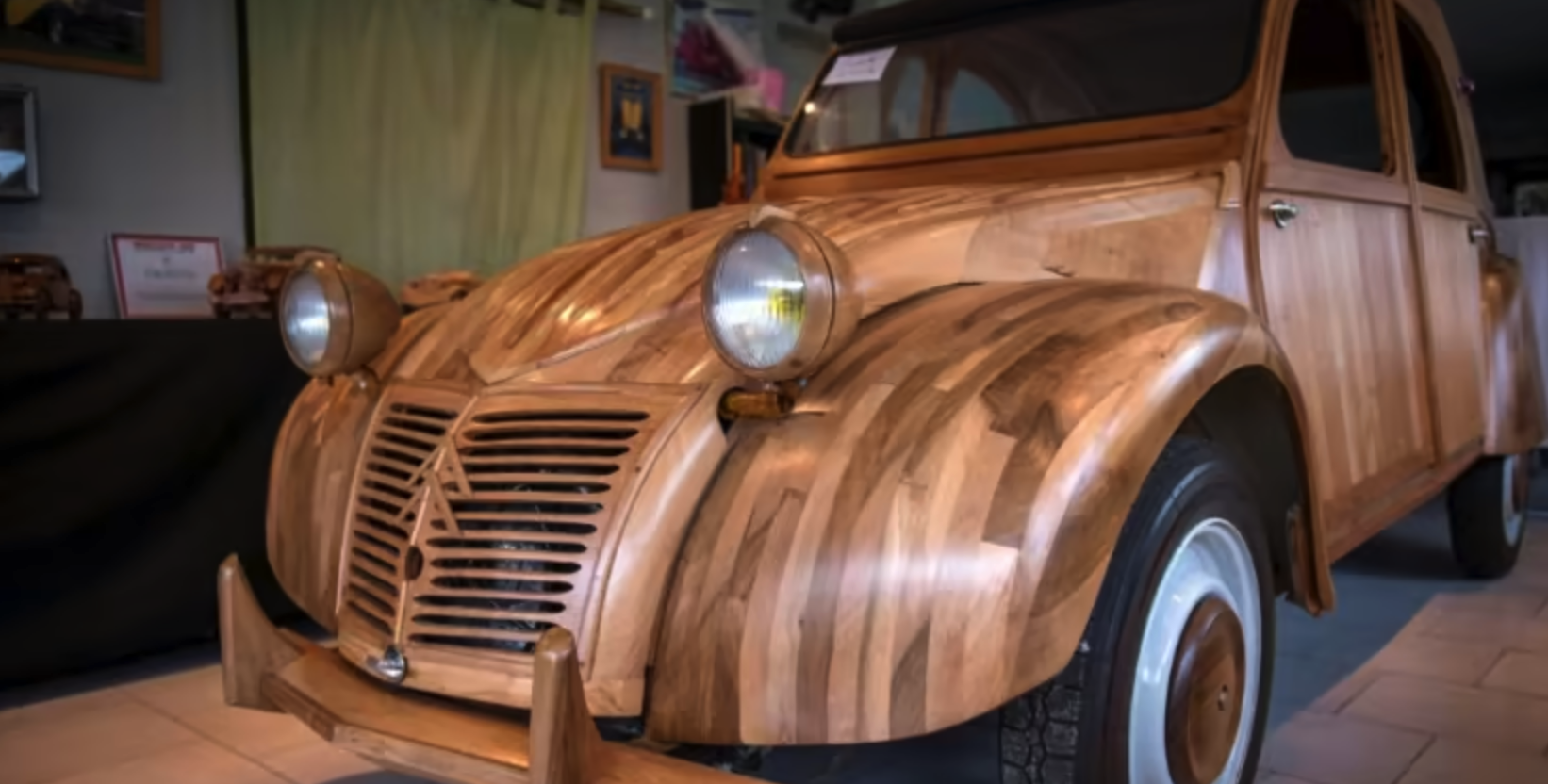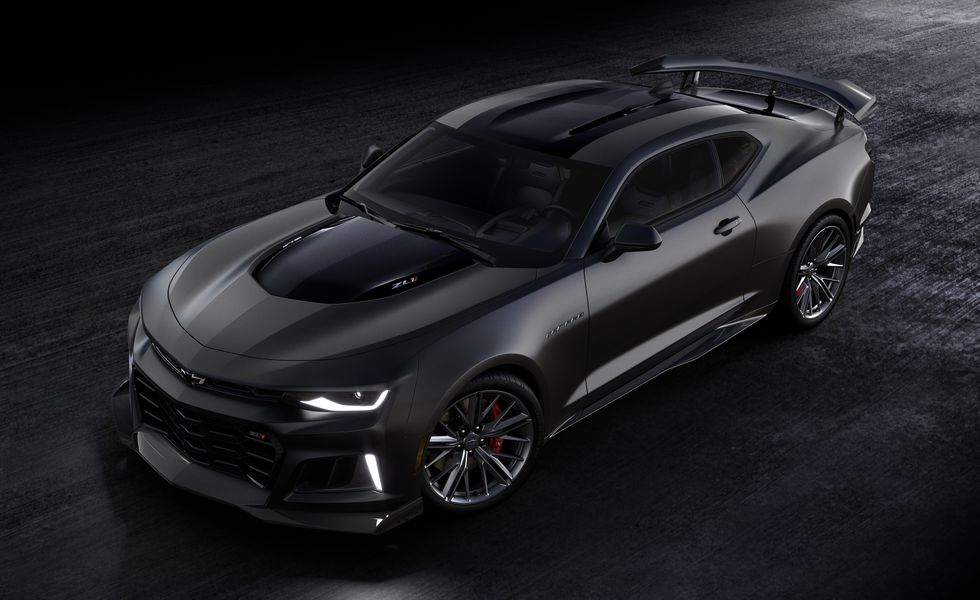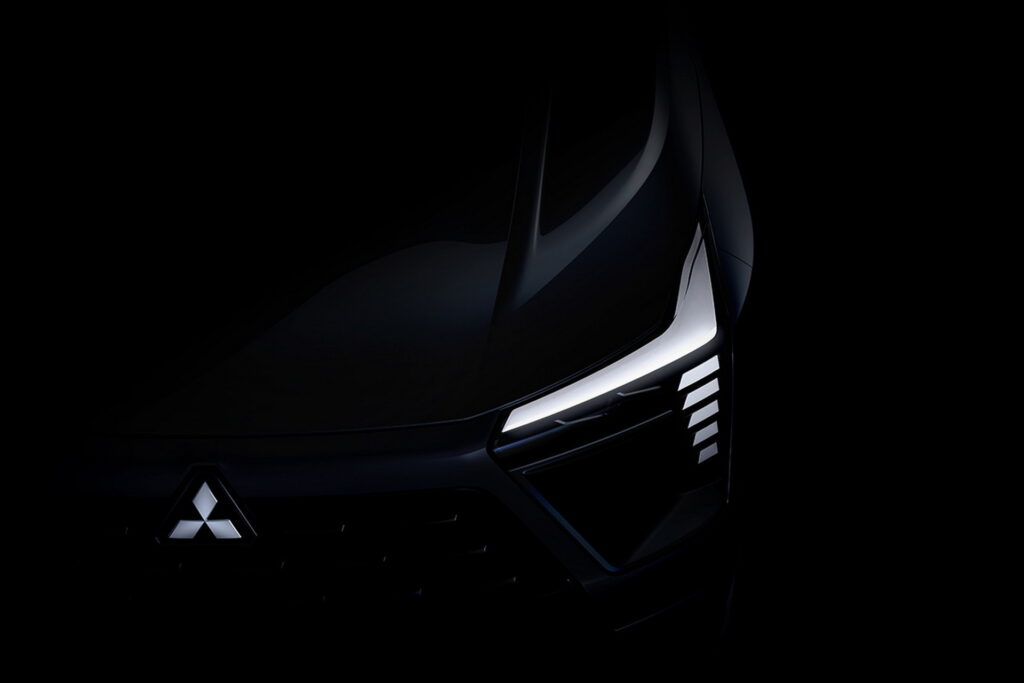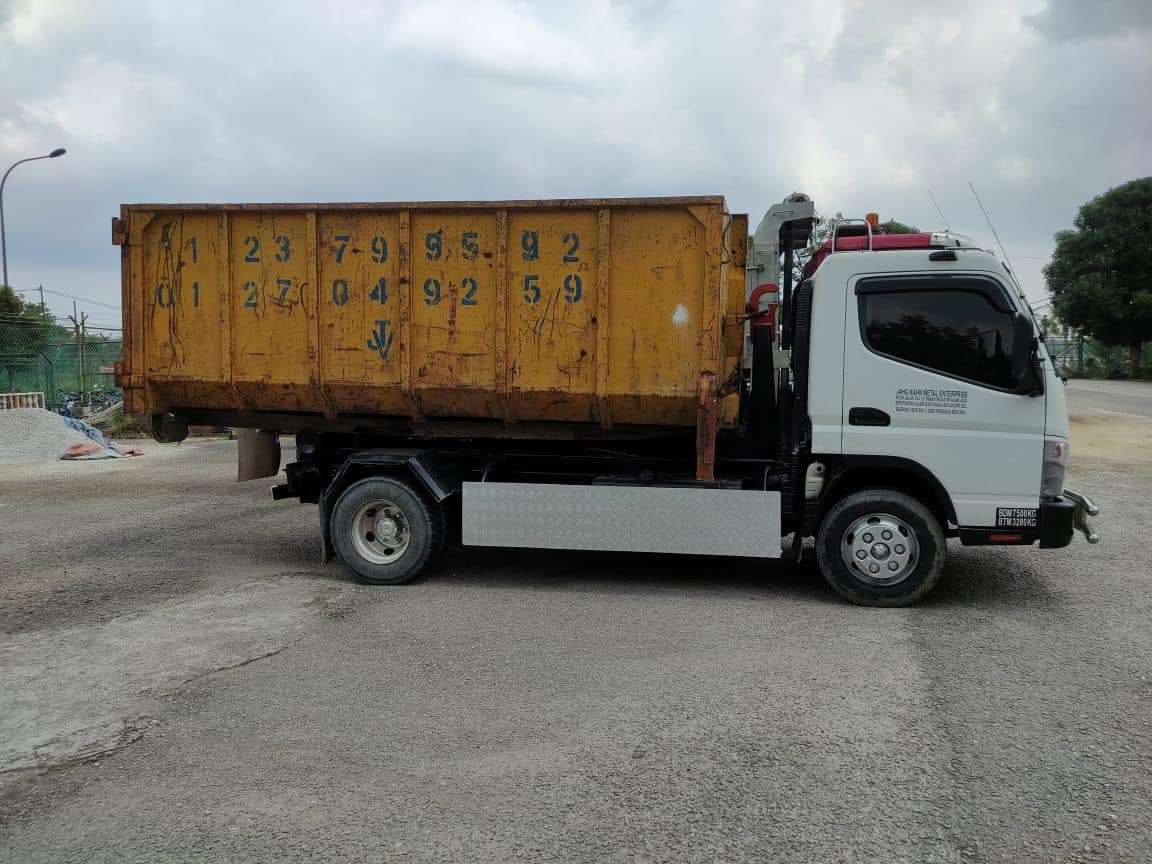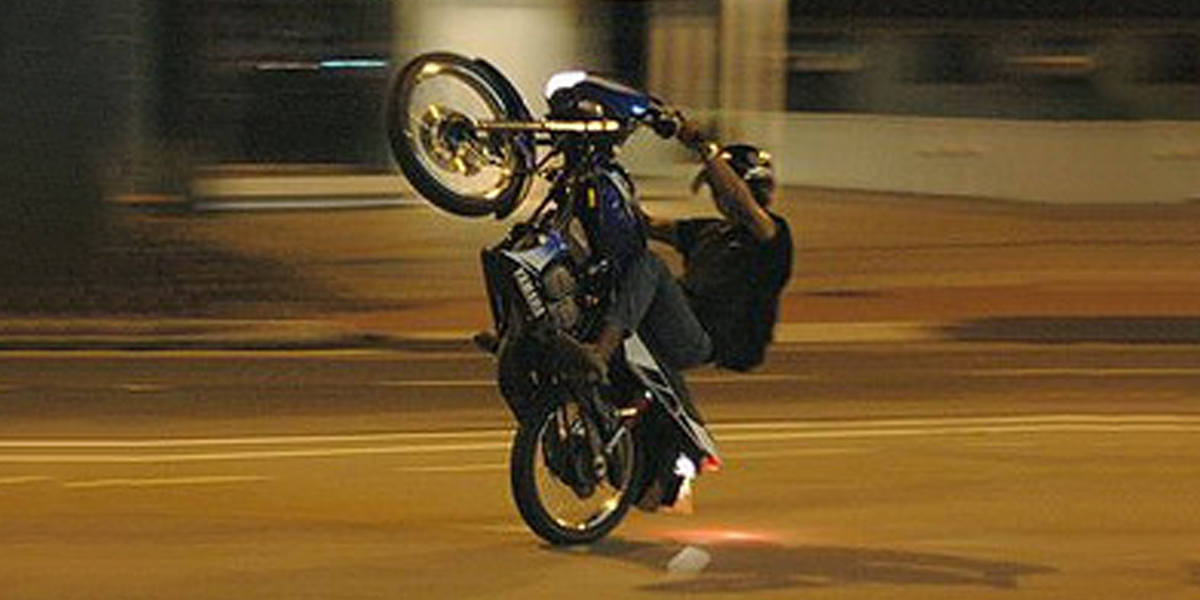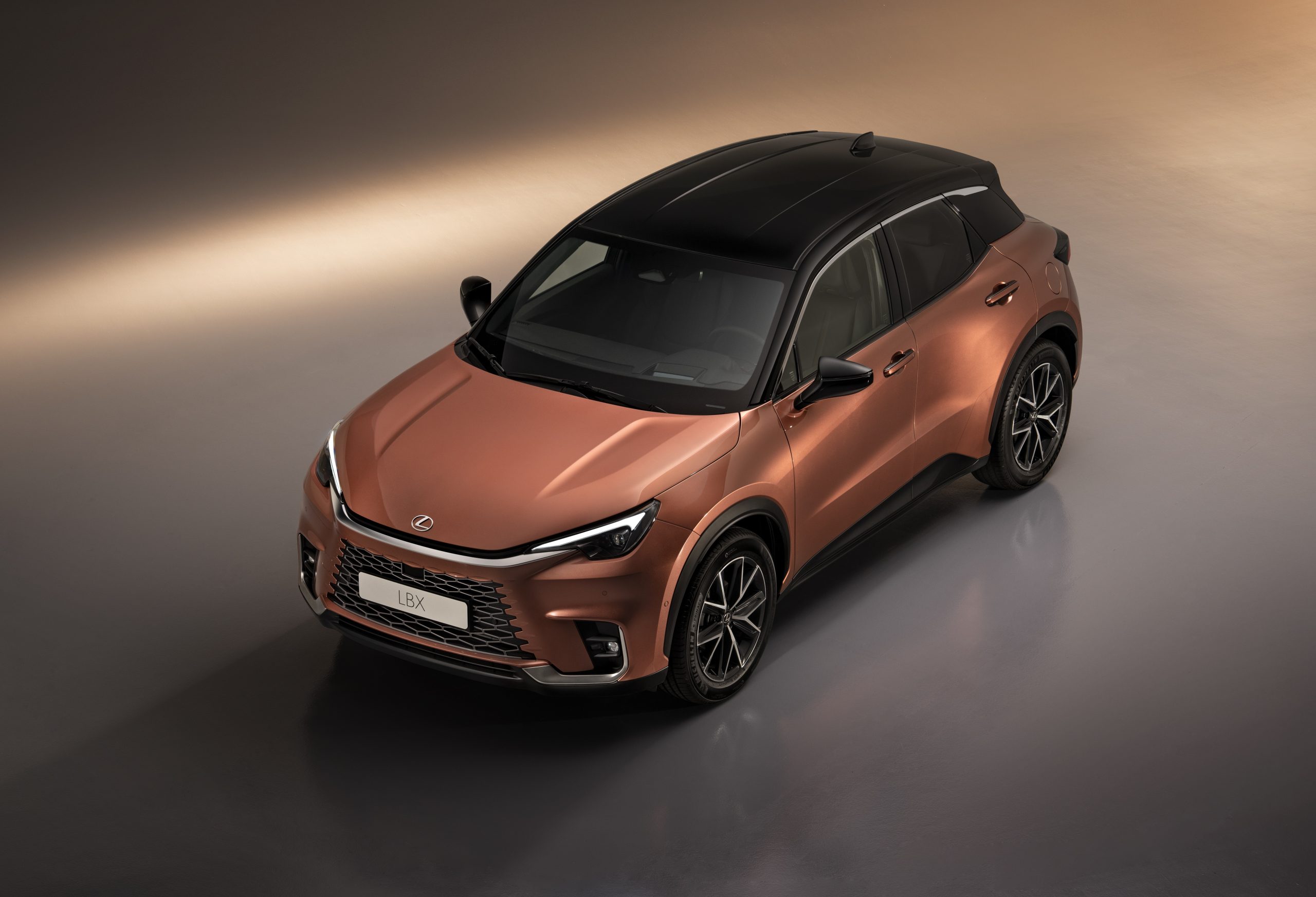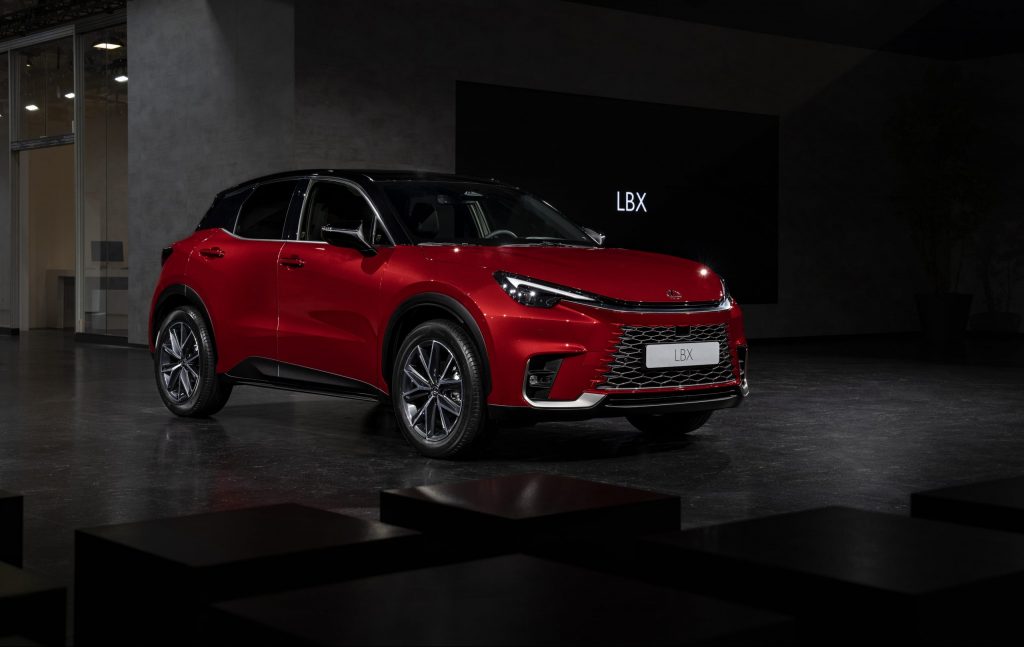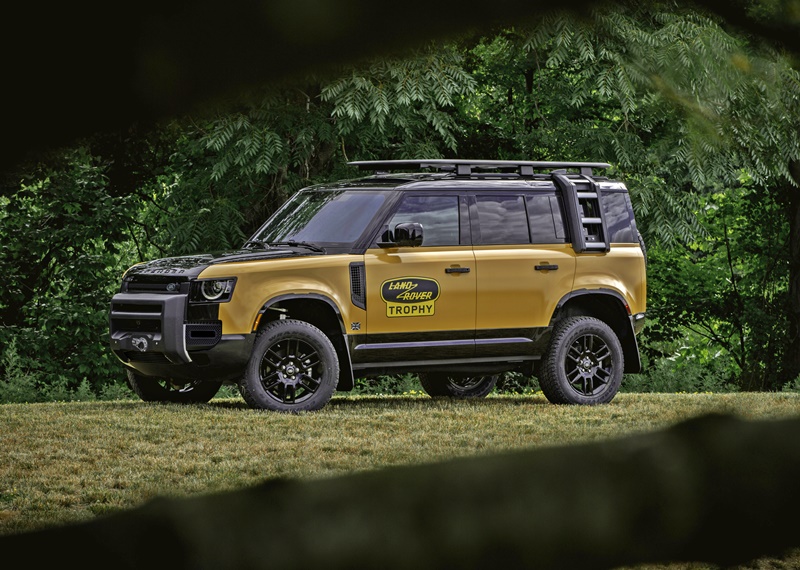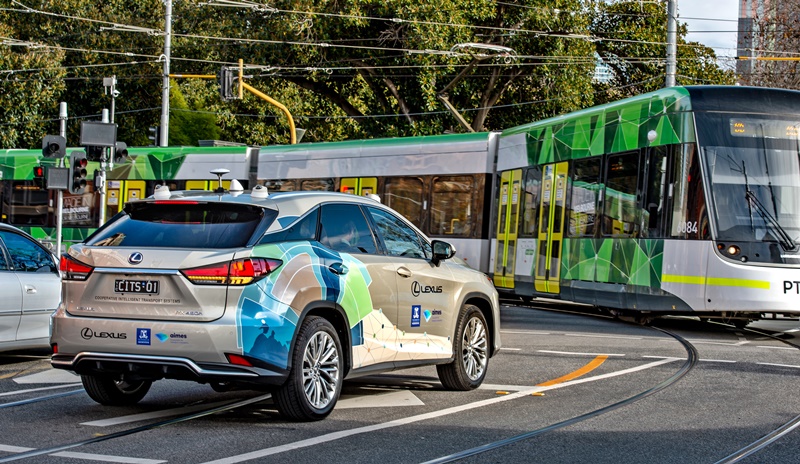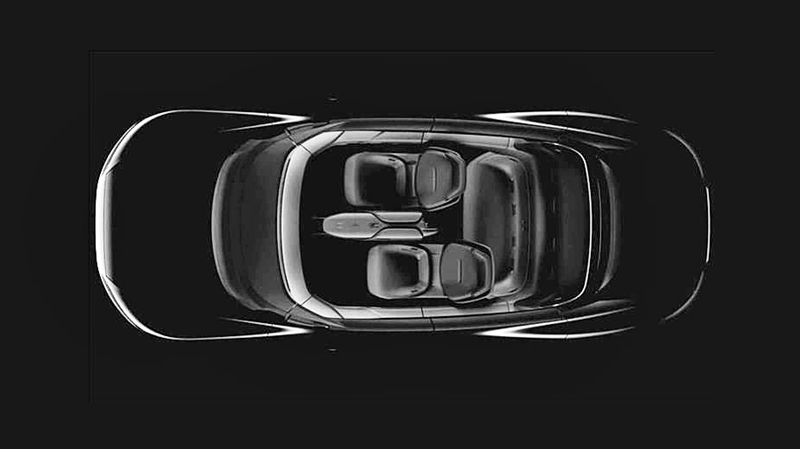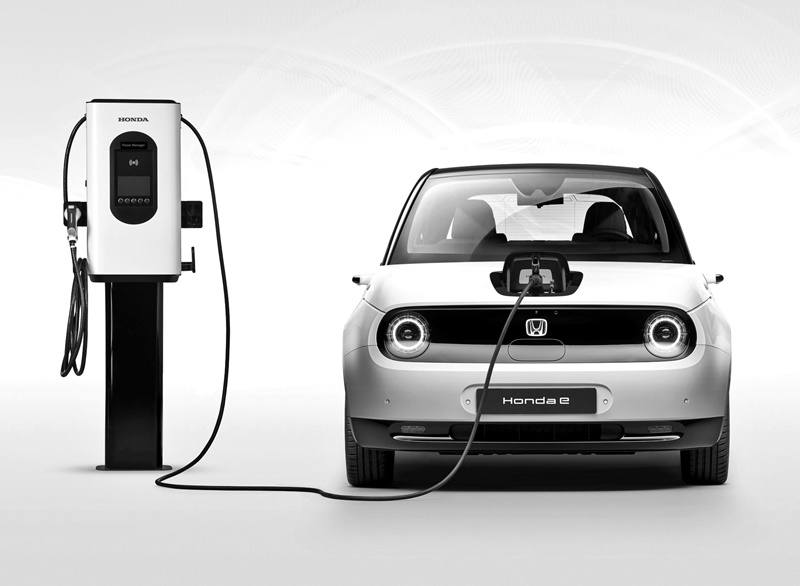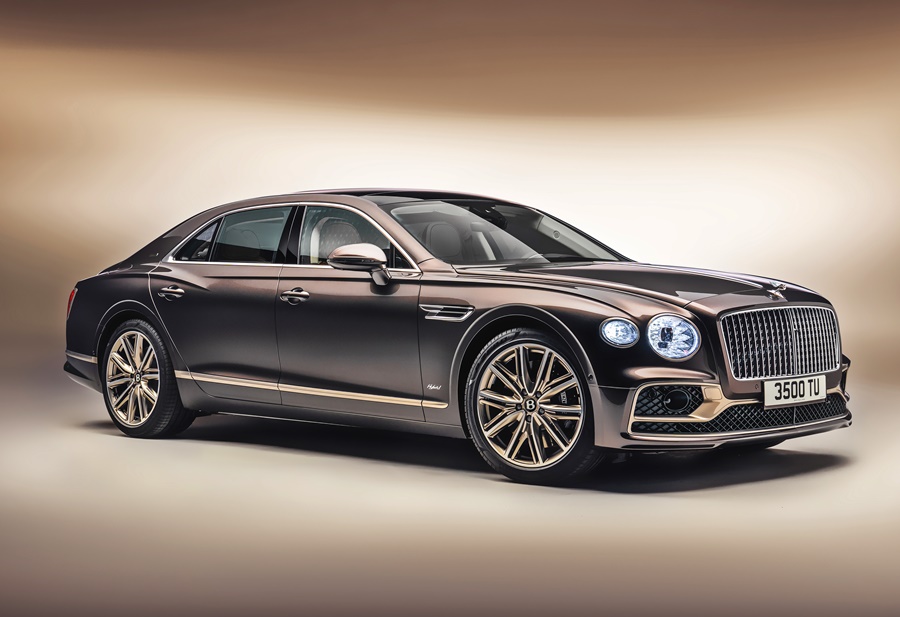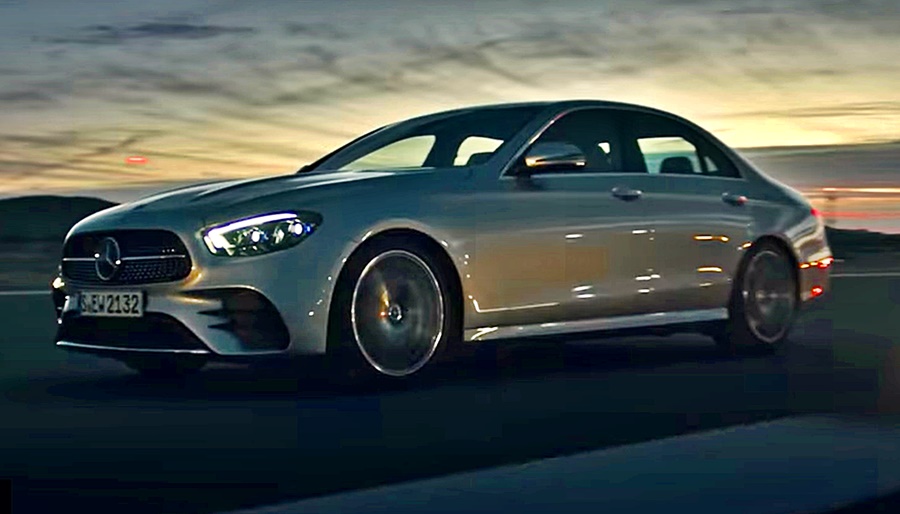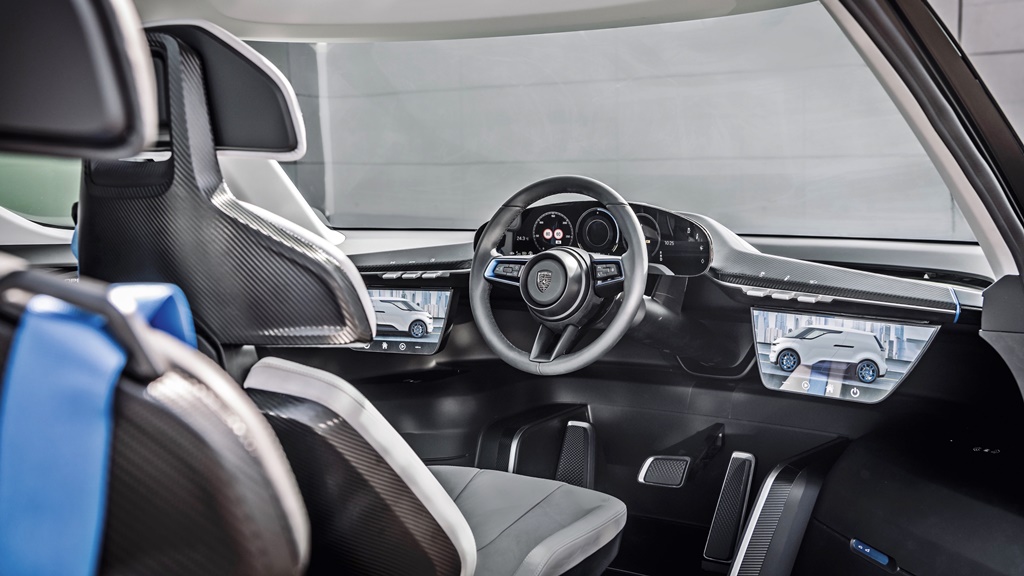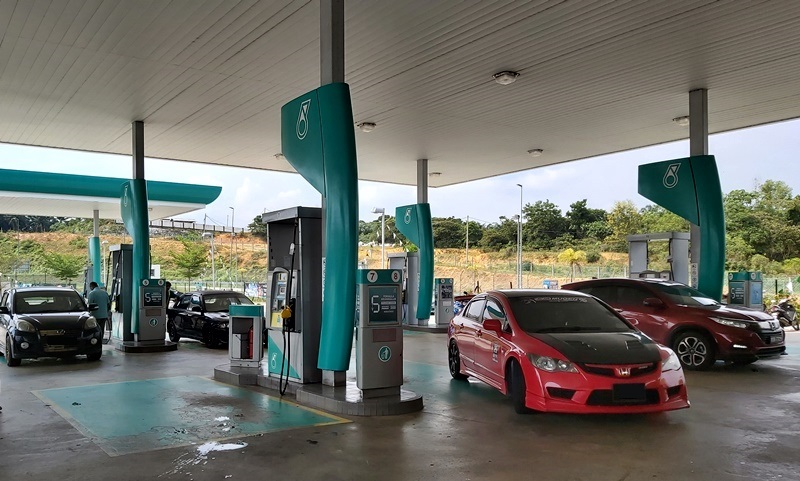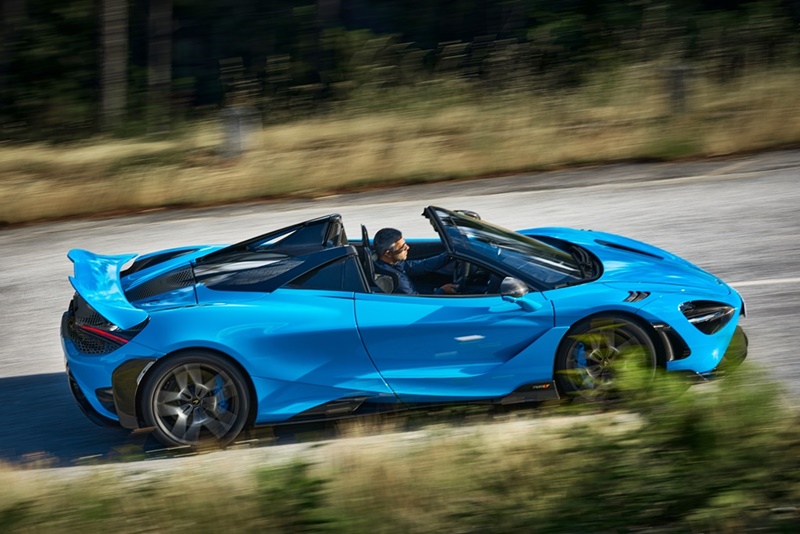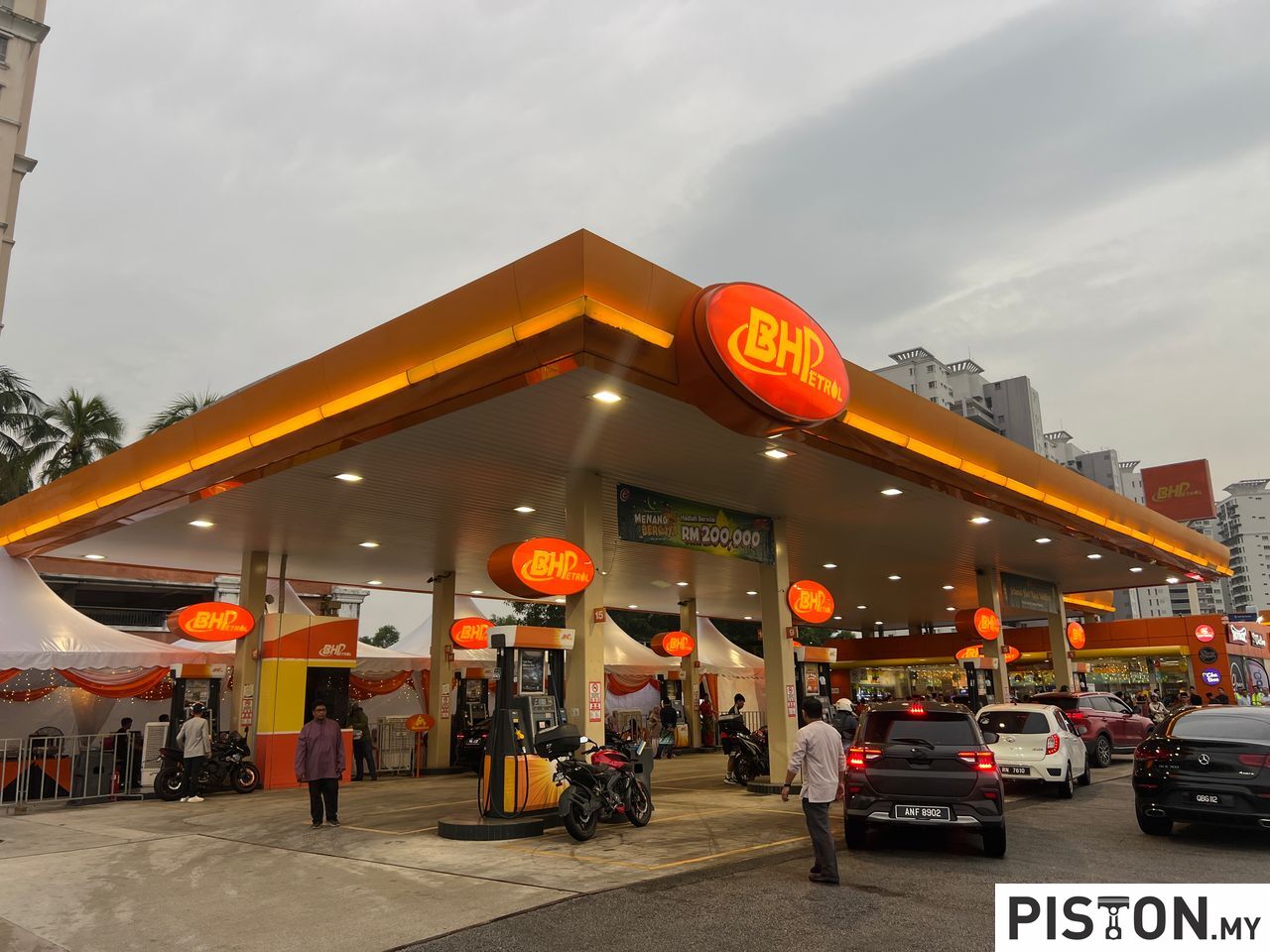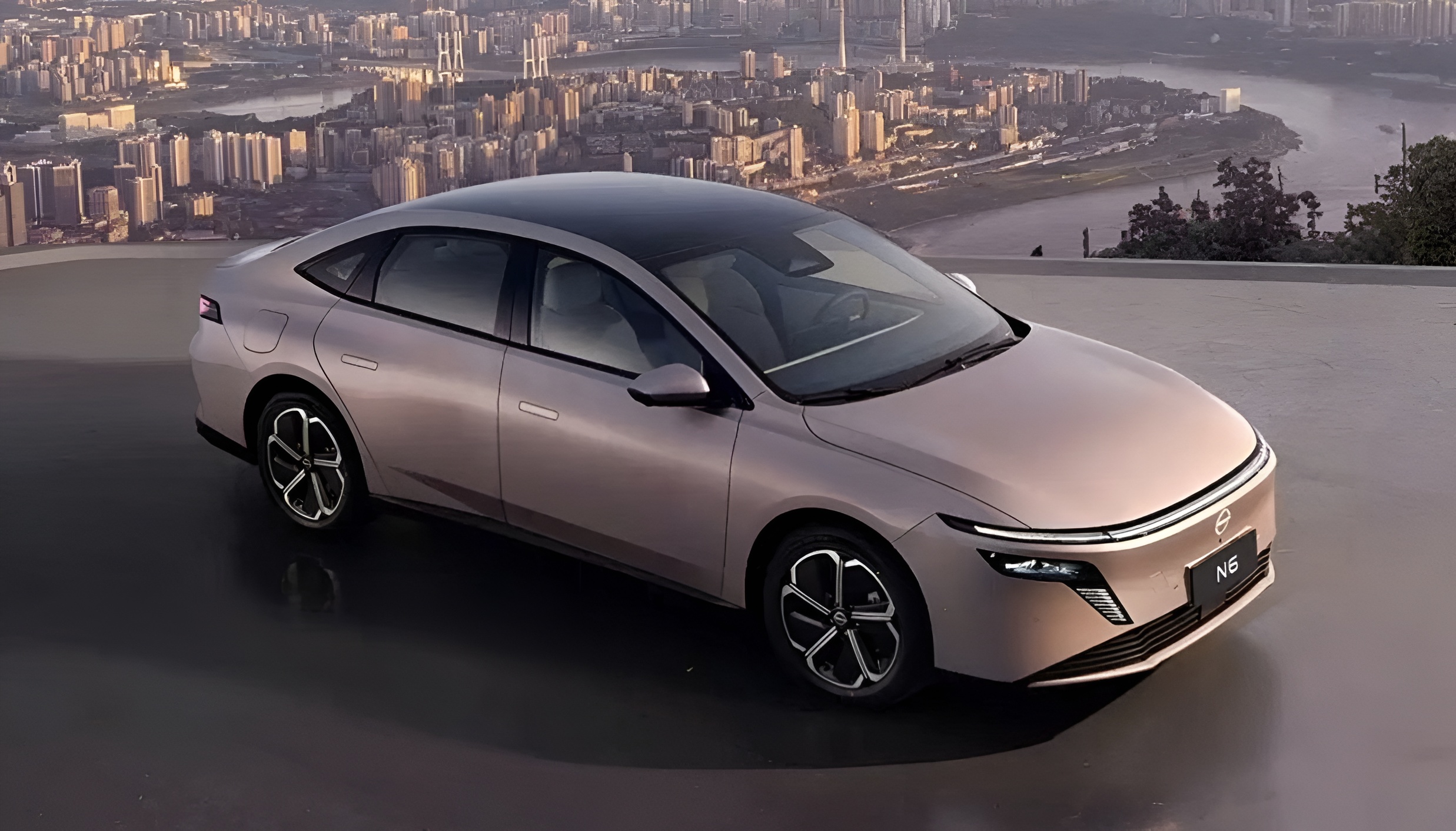Ever seen one of those small toy wooden cars that collectors have? Well, this is the same but different. Instead of being a toy, this is a fully functional life-size car registered in France. And it is very expensive.
This Citroen 2CV that is made of wood recently sold for €210,000 (RM1.03 million) at an auction in France, setting a new price record for the iconic vehicle. And yes, it was purchased by a collector named Jean-Paul Favand who is based in Paris.
The Citroen 2CV, also known as “deux chevaux” or “two horsepower,” was introduced in 1948 as the automaker’s response to the Volkswagen Beetle.
The previous record for a 2CV was established in 2016 when the Paris-based auction house Artcurial sold an exceptionally rare 1961 2CV Sahara in nearly pristine condition for €172,800 (RM851,489).
(more…)


